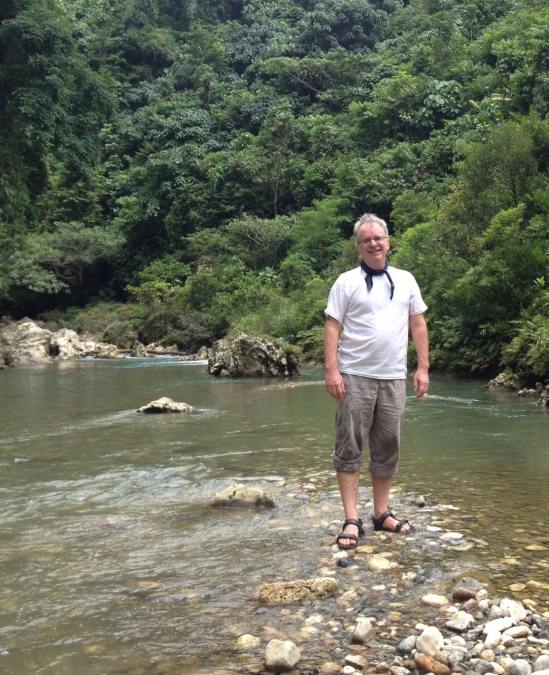Exploring and Rediscovering
Sitting on a cliff in Portugal, contemplating a rediscovered plant. What does endangerment taste like?
My Story
Although I was a nervous and reluctant traveller as a young man, that has now changed completely. In the past ten years I have visited more than forty countries. From Ethiopia to Uruguay to Iceland, most of these journeys of discovery have been related to research for my books. I like to think of myself always as a traveller, and never as a tourist. I hope that I have earned friendships in each of those countries. As a result of some back-of-a-napkin calculations, I have estimated that my giant yellow-and-black backpack has travelled about 400,000 kilometres, or slightly greater than the distance between the Earth and the Moon.
I invite you to uncover some of my misadventures through my writings, and follow along with preparations for an upcoming adventure entitled Falling Down the Thames.


As a bird biologist and behavioural ecologist, I have the finest job in all the world. My brain is being tickled all the time as I travel to exotic locales in the name of research. I constantly make new friends and forge new collegial partnerships. Teaching at university provides great joy in passing along recent scientific discoveries to enthusiastic students. After 35 years of university teaching, I now spend a bit less time in the classroom, and more time writing books about my outrageous adventures.
My great fondness of birds goes back as far as I can remember, but it wasn’t until second year university that I realized that we don’t all have to have proper jobs. University of Manitoba Professor and herpetologist Ken Stewart told a lecture hall full of students about chordate zoology. He showed me that a good life was to be had studying biological diversity. The world keeps spinning because of taxi drivers and store clerks and insurance salespeople, but we also move forward on the backs of poets and astronauts and baseball players. And could it be that our world is a slightly better place because some people choose to spend their lives examining the comings and goings of birds?
While at university, I quit a lucrative summer job in a brewery to take a more poorly-paying position counting mosquitoes for an entomology professor. That turned into a job as a field assistant for a graduate student studying pelicans. This led to my own undergraduate research project on the winter foraging ecology of the central mudminnow. My big leap forward came when Professor Spencer Sealy took me on as an M.Sc. student to study the foraging ecology of seabirds off the west coast of Vancouver Island. This was followed by studies of the songs of White-crowed Sparrows with Professor Ross Lein for my Ph.D. It was while engaged in studies of sparrows at the University of Calgary that I met my wife Lisa, now a respected biomedical physiologist and lecturer at James Cook University.
Several amazing things happened along the way.


When money ran short as an undergraduate student, I applied to teach first-year biology laboratory sessions. I was just nineteen years old at that point, and not much further along in my studies than the people taking the course. It turned out that I had a flair for classroom instruction, and received great pleasure from doing it. I have now been employed to lecture, in one capacity or another, at the University of Manitoba, University of Regina, University of Calgary, Grande Prairie Regional College, Old Sun Community College, St. Mary’s University College, and James Cook University. I have taught courses in almost every aspect of the biological sciences, from microanatomy and histology, through human anatomy and physiology, to avian conservation.
Beyond the scholarly works that all academics write, it emerged that I am also capable of writing engaging prose that others enjoy reading. For me, the secret seems to be to research each topic thoroughly (some might say “obsessively”), travel to exotic, vaguely dangerous locales, and leave myself open to tremendous fun. The formula seems to work, because all manner of friends have joined in on these adventures, and each has added their unique perspective to my own.
